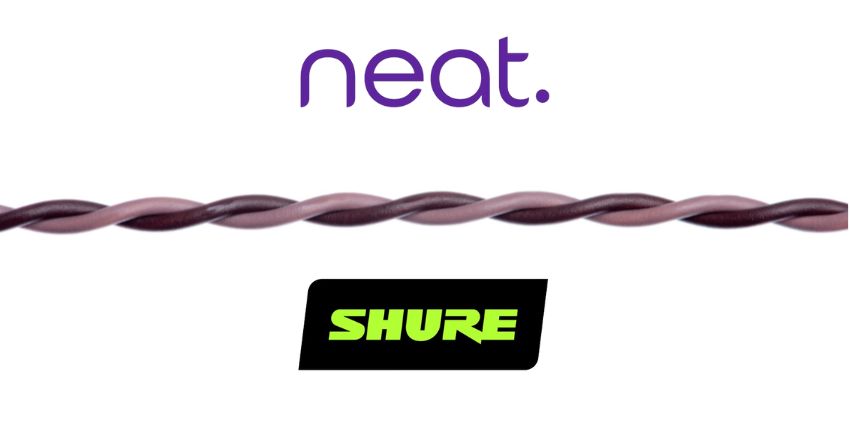One of the primary reasons companies in the travel industry invest in UC today is to bring distributed teams together. In any business, innovation, creativity, and opportunity come from experts working in tandem and sharing ideas. As the world of work becomes increasingly distributed, fast-paced companies need a way to share knowledge quickly and efficiently.
As one of the world’s most popular tools for fast-paced collaboration, Slack has provided countless companies with a powerful upgrade to their UCaaS environments. With Slack, organisations can connect teams through video, messaging, and file-sharing features in seconds.
MBTA, or the Massachusetts Bay Transportation Authority, discovered the benefits of Slack for itself when it decided it needed a quicker, more convenient way to align employees in a transforming landscape. Though the company initially implemented Slack in 2016, its experiences with the service have continued to evolve over the years.
Creating an Agile Workforce with Slack
The modern workforce relies heavily on agility, innovation, and connectivity. Employees need to stay on the same page, regardless of whether they’re working in the field, the back office, or on the move (remotely). Slack is an excellent tool for this purpose, allowing organisations to build a constantly-accessible digital environment for work.
The “T”, as it’s known to Boston-area commuters, first adopted Slack for its customer technology department – the group responsible for managing rider-facing solutions like the agency’s site and train platform countdown signs. The team quickly discovered the benefits of Slack channels for collaboration and communication.
Through channels, MBTA team members could share ideas about services across projects and teams to improve the rider experience, gather better data across systems, and respond to and communicate about incidents faster.
According to the MBTA leadership team, every minute is essential for transportation. This is why the company was thrilled to discover they could use Slack to plan solutions for both transit issues, like crowding and delayed trains, and technical problems, like app issues.
Gradually, the adoption of Slack evolved beyond the technology department, and MBTA employees learned to use the technology for all kinds of things, including supporting customers and internal team members during the pandemic.
Improving Service with Internal Collaboration
According to the Director of Engineering for the customer technology department at MBTA, Ryan Mahoney, the most compelling reason for using Slack was to ensure the right people could join forces and solve a problem. Often, the company discovered a group of people in Slack could solve a problem simultaneously it would take to schedule a meeting or send an email.
When the pandemic began and MBTA employees were forced to start working from home, Slack channels assisted with developing a new remote culture, driving improved Slack adoption. Upper-level managers were also able to keep tabs on what was happening in the environment.
According to Logan Nash, the Deputy Director of real-time apps for MBTA, Slack offered a way to keep everyone involved and informed in the workforce. What’s more, as a government agency, MBTA was able to ensure they could keep the flow of data and information as secure as possible with Slack. Slack’s high levels of internal control and privacy options were crucial to the brand.
Notably, Nash also drew attention to the benefits of having access to Slack Connect, which meant MBTA could connect with external parties. For instance, the company was able to work with transit data platform, Swiftly through Slack to provide better bus arrival prediction times to computers.
The integration has been a very successful step towards better customer experiences for the brand. During unprecedented periods of change, like the pandemic, Slack gave MBTA more freedom to call on various partners and teams to discover new solutions to problems.
For instance, MBTA conducted a digital survey to assist riders attempting to keep their distance in a safe transit environment and discovered respondents wanted more access to information about crowding on trains and busses. Using this finding, the customer technology team created a new channel on Slack and leveraged Slack Connect to collaborate with the team at “Transit App”.
Using the Connect system, MBTA and Transit could work together to create an application that would provide passengers with information about crowding and other issues in public transportation systems. The fast-paced nature of Slack meant the teams could communicate more effectively and efficiently than they would be able to when using calls or email.
The idea of a passenger-informing app was brought to life within three months, and MBTA became the most prominent American transit agency capable of publishing real-time crowding information on local busses. The group even won the LocalSmart Award for “Local IT innovation”.
Discovering Opportunities with Slack
For incidents that may affect the rider experience for MBTA customers, or their safety, the customer technology department even started leveraging integrations in Slack. For instance, the company uses Asana to plan responses to incidents and PagerDuty to communicate issues quickly. Google Drive stores essential information about changes in the transportation flow, while GitHub tracks responses from riders on social media networks.
Using all of these integrations means teams in the MBTA network can access faster resolution times and unlock the benefits of more happy riders. The flexibility of Slack also meant that the MBTA group could create new apps and integrations to assist with specific needs.
For instance, to help inspectors in the field handle cancelled trips and monitor the movement of busses at terminals, the team built an integration for the dispatching in-house bus app, Skate. The inspectors can access the dispatching tool on tablets to determine where busses are and need to be based on schedules.
Slack integration with Drift meant bus inspectors could submit problems with the Skate tool, and from there, engineers in an internal Slack channel could tackle problems informed by real-time feedback. According to Mahoney, the tools and integrations created with Slack benefit the agency; they make life better for riders.







